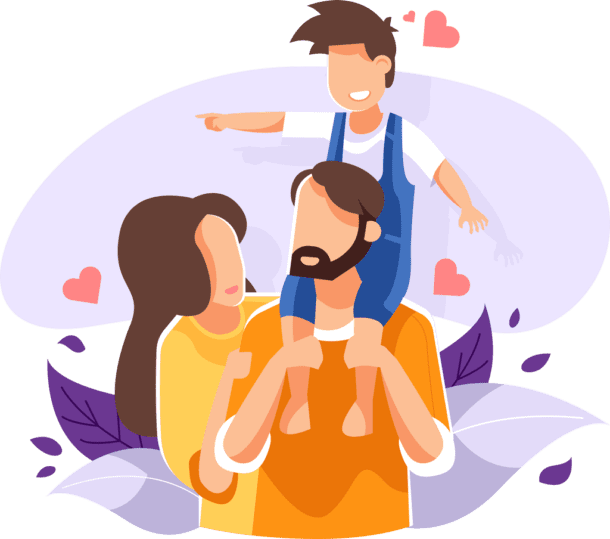America is in the midst of an ongoing opioid epidemic affecting families across the country. Reports show that there are almost 80 opioid-related overdoses a day, amounting to more than 28,000 deaths annually.
This figure continues to climb as over 2.1 million people in the United States suffer from substance use disorders related to prescription opioid pain relievers, according to the National Institute on Drug Abuse. Additionally, the rise of synthetic opioids like fentanyl, W-18 and carfentanil are threats to those already using opiates as the epidemic worsens.
Where do opioid overdoses occur?
Data from the Centers for Disease Control shows that 77 percent of opioid overdose related deaths occur outside of a medical setting and 56 percent occur in private homes, meaning family or friends must often be the first to take action in an emergency situation. Accordingly, it is increasingly important that responders understand how to prevent death from overdose, including knowing how to use naloxone, the opioid overdose reversal medication.
What does naloxone do?
Naloxone, the antidote that reverses an opioid overdose, works by neutralizing the opioid receptors in the brain, allowing an overdosed person to breathe again moments after it is administered. It’s been used in ambulances and hospital settings for decades and is now available for people to use in their homes or other remote areas.
According to the Centers for Disease Control and Prevention, more than 10,000 reversals of overdoses with naloxone are conducted by non-medical bystanders. Without having a solution in the hands of those closest to opioid-related overdoses, lives are left hanging in the balance while waiting for emergency medical services. However, there is an FDA-approved naloxone nasal spray designed for use by laypeople, like friends and family, who are not medically trained. It’s needle-free and requires no training or assembly to use while providing a strong enough dose to help reverse opioid-related overdoses. Naloxone is only effective in opioid-related overdoses and does not affect a person without opioids in their body.
What can you do?
A majority of states have issued standing orders for FDA-approved naloxone products, which permit pharmacies to dispense the nasal spray without a physician’s prescription. If you or someone you know is susceptible to an opioid-related overdose, whether caused by illicit drugs, like heroin, or prescription painkillers, it is important to prepare for an emergency overdose situation. By having naloxone on hand, you can save a life when every second matters.
Learn more about naloxone at getnaloxonenow.org.
Photo courtesy of Getty Images
SOURCE:
Naloxone





